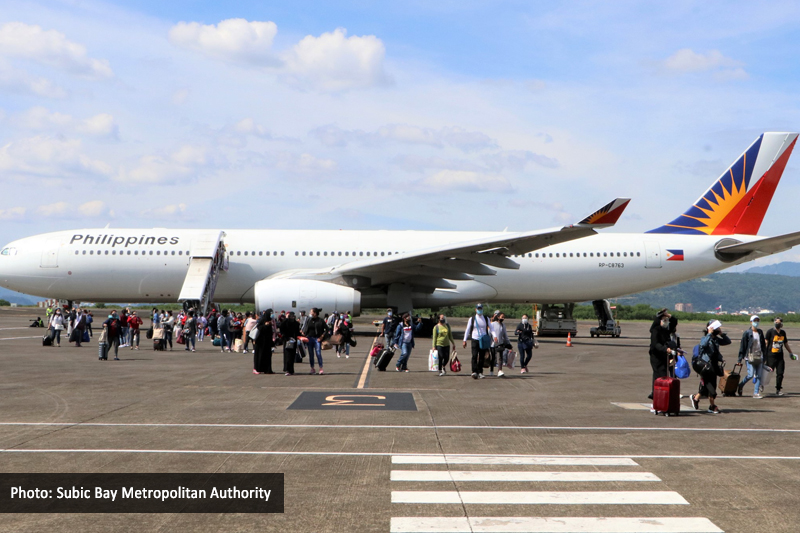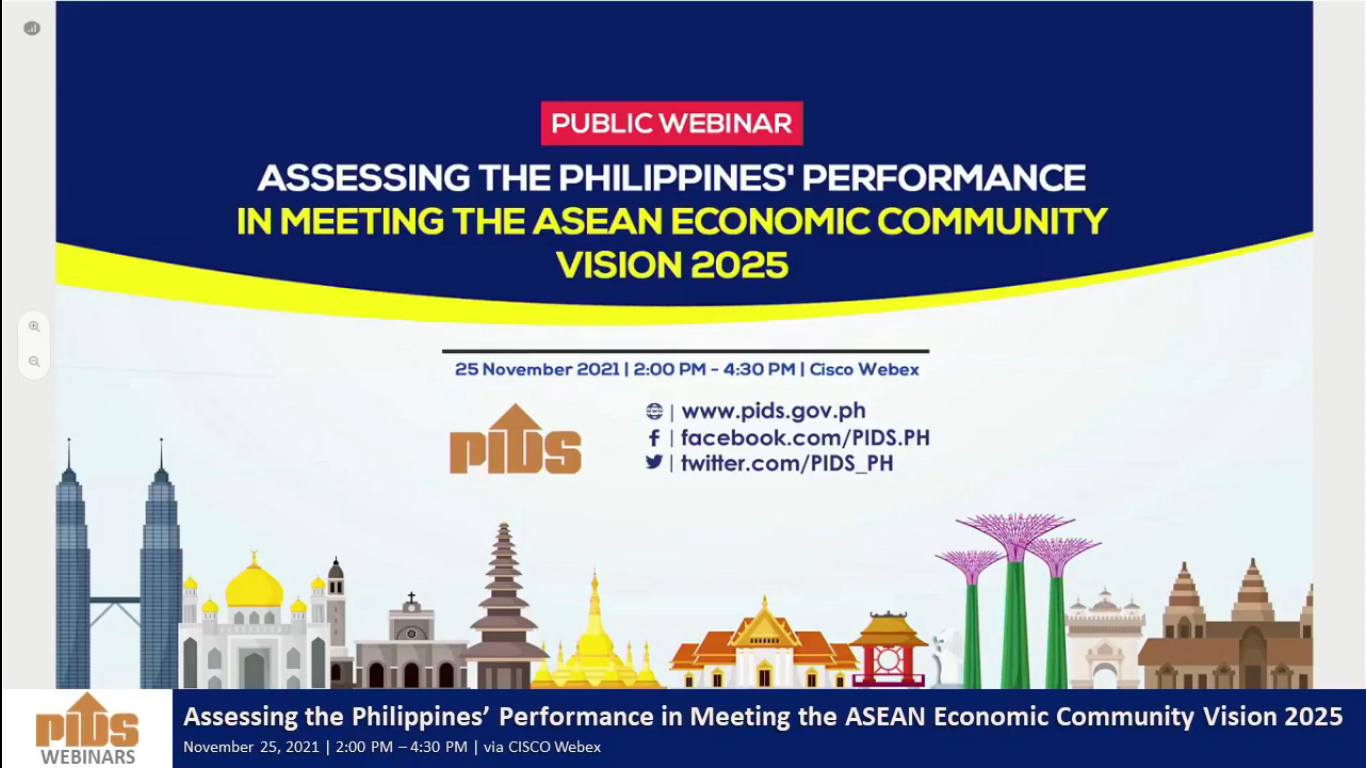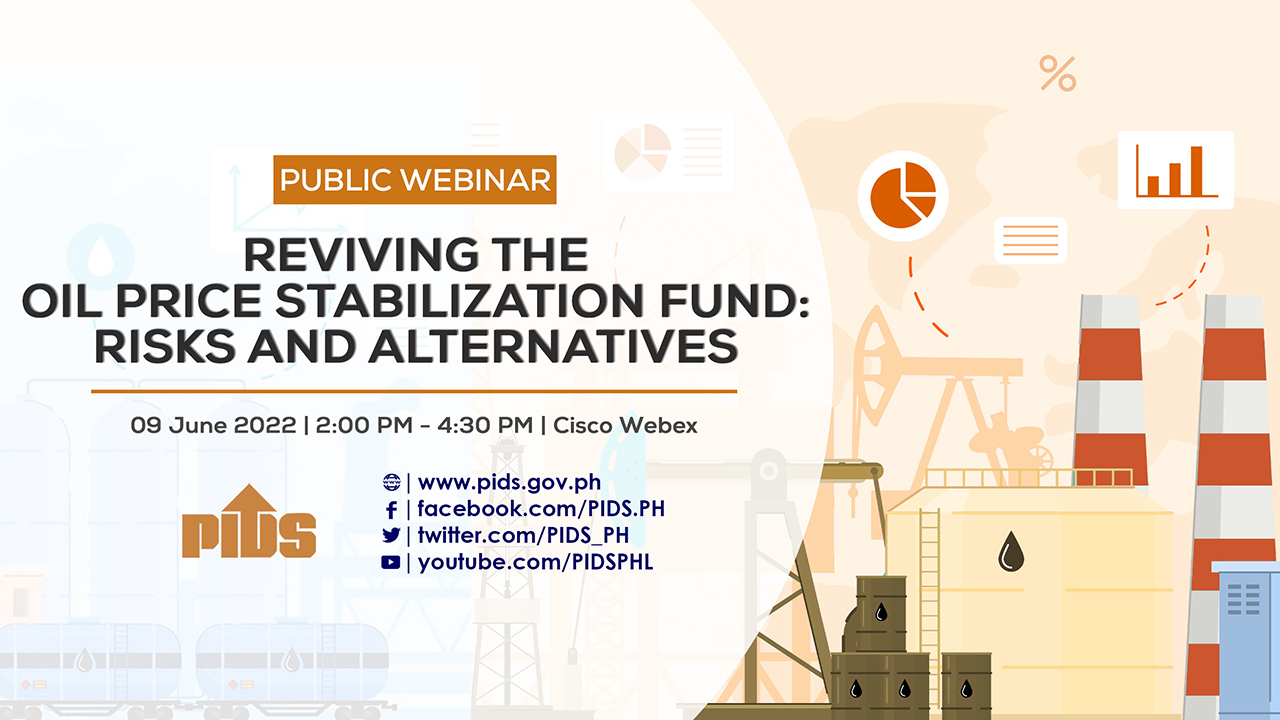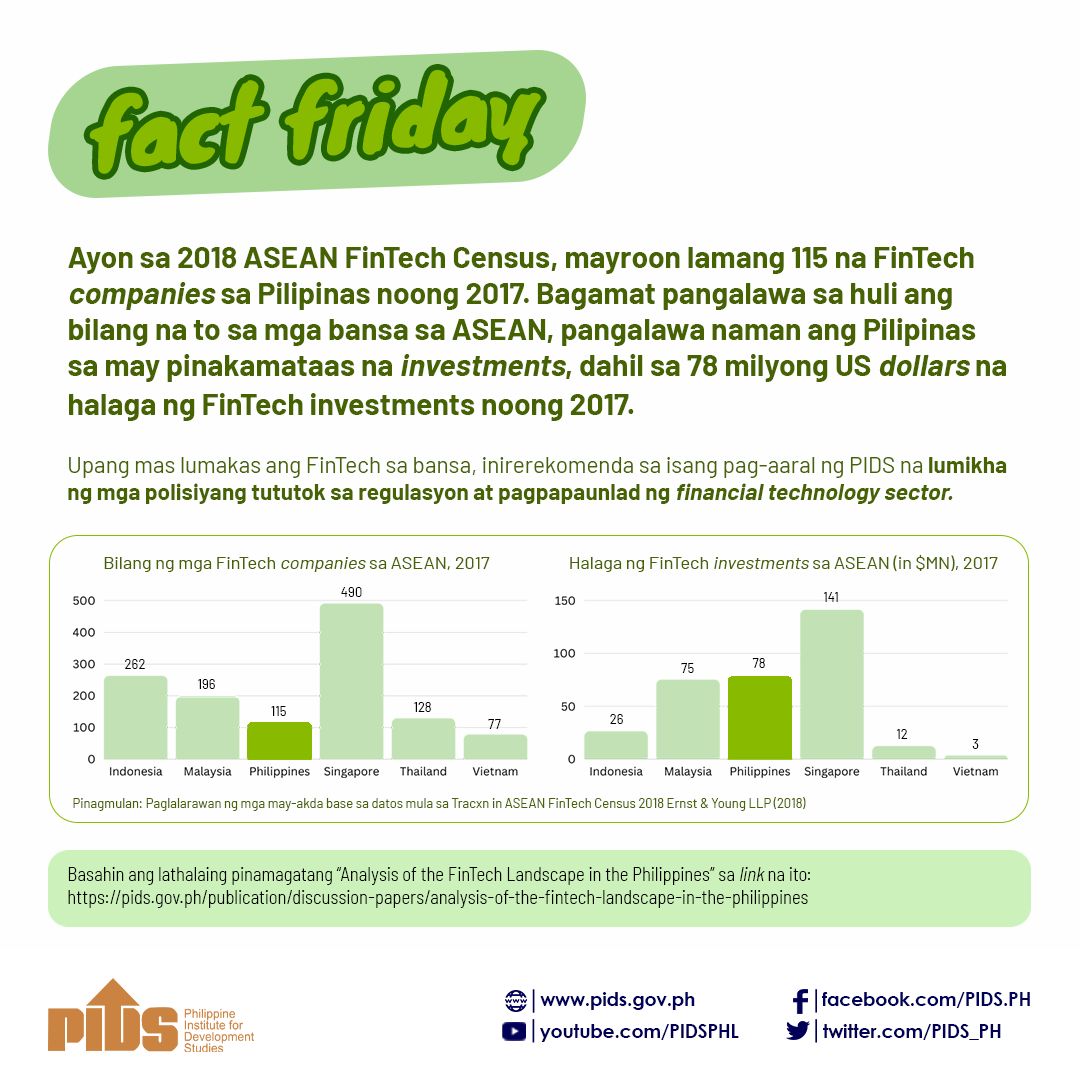With the growing threat of climate change-related disasters and risks, experts are urging Asian governments to create a regional fund to address disaster risk-reduction and management (DRRM) needs, and address the plight of the poor in the region.
At a news briefing after the launch of the Asian Economic Integration Monitor on Tuesday, Asian Development Bank (ADB) Office of Regional Economic Integration Head Iwan J. Azis said Asian countries should pool together their resources to create a fund that could be used specifically for disaster reduction or rehabilitation needs.
Azis said this fund could be formed outside of the Chiang Mai Initiative (CMI), which is a regional fund created through the Association of Southeast Asian Nations + 3 or Asean +3, which is composed of the 10 member Asean countries, China, Japan and South Korea). The CMI, on the other hand, was created as a response of these countries to the 1997 Asian financial crisis.
"Basically, the principle is the pooling of resources. Because if you have N number of countries, for example, maybe the risk of natural disasters for each of those N number of countries differ, but if you pool the resources together, then that can function as a relatively ample size of disaster risk-reduction management and mitigation [mechanism],” Azis said.
Azis added that while individual countries may each have funds created for disasters, it would still be better to pool these resources together to enable a greater amount of resources needed to respond to various types of disasters.
He also said the Asean + 3 recently created a task force on DRRM, which shows that leaders of these countries recognize the importance of instituting DRRM measures regionally. The decision to create a regional fund for DRRM and how this will be designed, however, still lies on the countries composing the regional group.
This is important, since all Asian countries are threatened by climate change-related disasters. The ADB Office of Regional Economic Integration report stated that the cost of natural disasters in recent years has exceeded the gross domestic product of countries.
Data showed that between 1991 and 2010, the average cost of disasters in the region amounted to only $36.4 billion a year. But in the 2011-to-2013 period, this cost more than doubled to $126.9 billion a year.
"You may have a wonderful macroeconomic policy, wonderful trade policy but if a disaster struck, it can wipe out a big chunk of the accomplishment that we have. Again, this is an area where we recommend stronger cooperation,” Azis said.
Meanwhile, Philippine Institute for Development Studies President Gilbert Llanto agreed but added that a regional fund could also be designed to act as a general safety net.
Llanto admitted that the upcoming Asean economic integration could lead to winners and losers. Instituting safety nets on a regional basis could help address this issue.
"I’m not aware of any social fund. What we are seeing now is infrastructure funds, financial safety net funds to protect the financial system but for, let’s say, those who would find it very difficult to [cope with the demands of integration], a social fund, for lack of a name, maybe that’s something that can be tossed just to address the problem of inclusive growth,” Llanto said.
Llanto said the Philippines has a safety net for the poor, the Conditional Cash Transfer scheme. But this safety net is also not enough, and should be expanded or replicated if the government is really bent on addressing inequality in the country.
A social fund, which can be implemented regionally, could also help address the growing inequality in the region. Azis, in his presentation, said the gini coefficient–a measure of inequality–within Asian countries is rising.
Azis said inequality between countries is decreasing between 1990 and 2012. But, he noted, the inequality within countries is widening.
"This is a challenge for Asia. Despite this resilience on economic trade and so forth, Asia is not doing well in terms of inequality. Almost everywhere, the inequality has been increasing. Again this is an area where we are all struggling how to continue improving in order to achieve higher welfare but, at the same time, we can share the prosperity more equally,” Azis said.
The Asian Economic Integration Monitor is a semi-annual review of Asia’s regional economic cooperation and integration. It covers the 48 regional members of the ADB. The April 2014 issue includes "Theme Chapter:
Insuring against Asia’s Natural Catastrophes.
ADB official pushes for creation of Asean disaster-readiness fund












